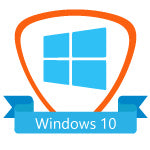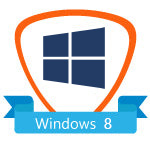Microsoft offers various license types for its software products, and each type serves different purposes. Here’s an overview of the differences between some common Microsoft license types:
Retail (FPP – Full Packaged Product):
- Usage: Designed for individual consumers or small businesses.
- Distribution: Purchased from retail stores or online.
- Transferability: Can be transferred from one device to another as long as it is removed from the previous device.
OEM (Original Equipment Manufacturer):
- Usage: Intended for pre-installing software on new computers by manufacturers.
- Distribution: Sold by hardware manufacturers along with new computers.
- Transferability: Typically tied to the original hardware, making it non-transferable to another device.
MAK (Multiple Activation Key):
- Usage: Used by businesses to activate multiple devices within an organization.
- Distribution: Purchased through volume licensing programs.
- Transferability: Generally allows reactivation on the same device if there is a need for reinstallation.
BIND (Binding):
- It’s account bind license key which means the license key will link with your Microsoft account, so even after hardware changes, it still works, and u can transfer it to another PC as well.
It’s important to note that Microsoft’s licensing terms and conditions can change over time, and there may be specific details or variations depending on the product and version. Always refer to the official Microsoft licensing documentation or contact Microsoft directly for the most up-to-date and accurate information.















